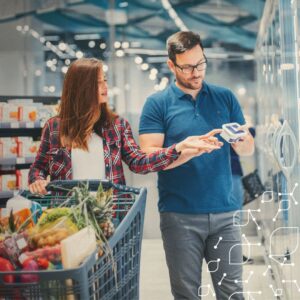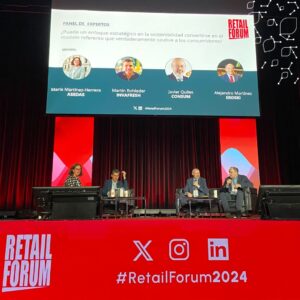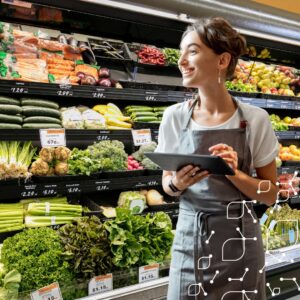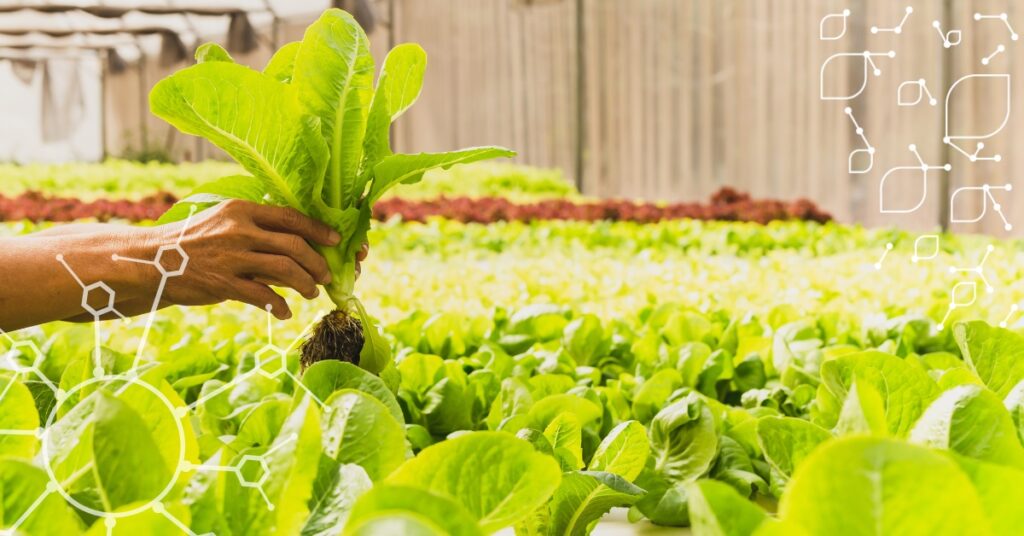
In the ever-evolving landscape of the grocery industry, traceability has emerged as a critical factor, ensuring transparency, safety, and sustainability. In this article, we will explore the future of traceability in grocery, focusing on the integration of emerging technologies and the impact of sustainable practices. From sustainable grocery stores to cutting-edge food traceability solutions, technology is reshaping the way we produce, transport, and consume food.
Sustainable Grocery Stores and Their Role in Traceability
Sustainable grocery stores are on the rise, catering to environmentally conscious consumers who seek ethically sourced products with a reduced carbon footprint. These stores prioritize eco-friendly practices, ethical supply chains, and minimized food waste. To maintain their commitment to sustainability, these stores are leveraging food traceability solutions.
Food Traceability Solutions for Sustainability
In the pursuit of sustainable grocery practices, food traceability solutions play a pivotal role. By utilizing technologies like blockchain, IoT devices, and RFID, food items can be tracked throughout the supply chain. This enables consumers to access detailed information about the product’s origin, production methods, and transportation, empowering them to make informed and sustainable choices.
Emerging Trends in Food Traceability
Blockchain for Enhanced Transparency
Blockchain technology offers a decentralized and tamper-resistant ledger that ensures the immutability of data. It is revolutionizing food traceability by creating a transparent and secure platform for recording every stage of the supply chain, from farm to table. Consumers can scan a QR code on the product’s packaging to access detailed information about its journey, including origin, processing, and distribution.
Internet of Things (IoT) Devices
IoT devices are becoming increasingly prevalent in the food industry, offering real-time monitoring and data collection capabilities. For instance, smart sensors embedded in packages or storage facilities can track temperature, humidity, and other environmental factors that may affect product quality and safety. IoT technology enables proactive interventions and ensures that perishable goods are stored and transported under optimal conditions.
RFID and Barcode Systems
RFID and barcode systems continue to play a crucial role in food traceability. RFID tags can be affixed to individual products, allowing for seamless tracking throughout the supply chain. Barcodes, on the other hand, are more cost-effective and remain a viable option for traceability, especially for products with limited space for labeling.
Mobile Apps and Consumer Engagement
Mobile applications are becoming instrumental in enhancing consumer engagement with food traceability. Grocery stores and brands are developing apps that allow customers to scan product codes and gain access to detailed information about the product’s origin, ingredients, and sustainability credentials. This trend empowers consumers to make informed choices aligned with their values.
Big Data and Analytics
The massive amount of data generated by traceability solutions presents an opportunity for analysis and insights. Big data and analytics enable businesses to identify patterns, optimize supply chain efficiency, predict demand, and address potential issues promptly. These data-driven insights drive smarter decision-making and continuous improvement.
Technology Advancements and Sustainability
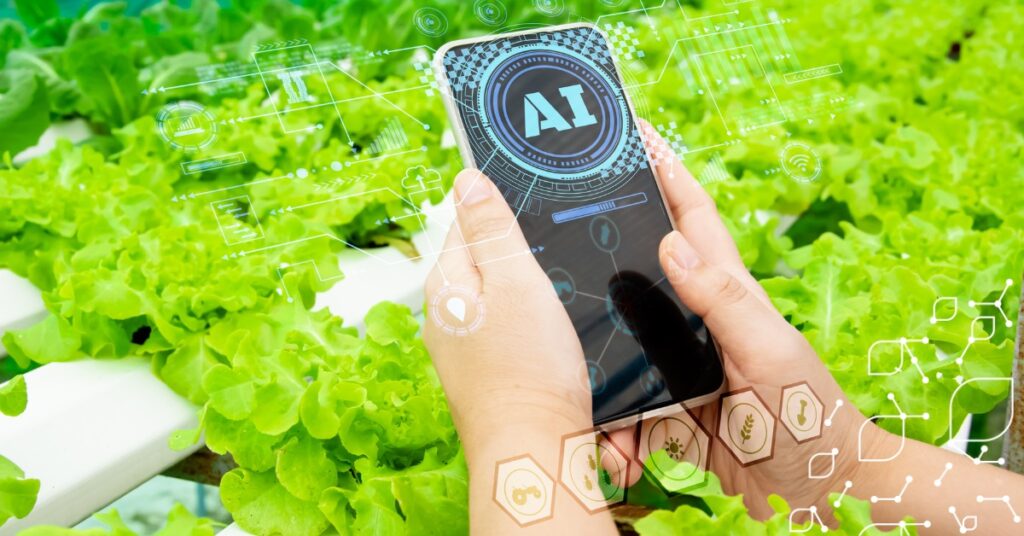
The adoption of technology in the food industry goes beyond traceability. Technological advancements are making it possible for grocery stores to reduce their environmental impact and improve efficiency. Renewable energy sources, energy-efficient storage, and sustainable packaging solutions are transforming the way groceries are managed, stored, and delivered.
The future of traceability in grocery lies at the intersection of technology and innovation. Advancements like blockchain ensure the immutability of data, while IoT devices provide real-time information on product conditions. This level of transparency not only enhances food safety but also strengthens consumer trust in the products they purchase.
Challenges and Implementing Sustainable Solutions
While the prospects of traceability and sustainability are promising, there are challenges to overcome. Implementing new technologies requires significant investments and changes in existing processes. Ensuring seamless integration and collaboration across the supply chain is essential for the success of traceability initiatives.
As consumers become more conscious of their environmental impact, they demand greater transparency and sustainability from the grocery industry. Technology-driven traceability solutions can empower consumers to make ethical and informed decisions, fostering a deeper sense of connection with the products they purchase.
The future of traceability in grocery relies on collaborative efforts between technology providers, grocery stores, farmers, and other stakeholders. Embracing industry standards and staying updated on emerging trends will drive the adoption of sustainable and innovative traceability solutions.
Embracing a Sustainable and Transparent Future
The future of traceability in grocery is exciting and filled with opportunities for sustainability and technological advancement. By leveraging emerging technologies and implementing traceability solutions, grocery stores can build consumer trust, reduce their environmental impact, and contribute to a more sustainable future for the entire food industry.
Remember, traceability is not only a means of compliance but also a powerful tool to promote ethical practices, ensure food safety, and meet the growing demand for sustainable products. As technology continues to evolve, so does the potential to revolutionize the grocery sector for the better.

![[Read next: "Using QR Codes for Traceability: Engaging Customers in the Journey of Their Food"]](https://no-cache.hubspot.com/cta/default/21714346/interactive-151415143253.png)
![[Read next: "Mitigating Recalls with Fresh Grocery Automation"]](https://no-cache.hubspot.com/cta/default/21714346/interactive-151415143273.png)



